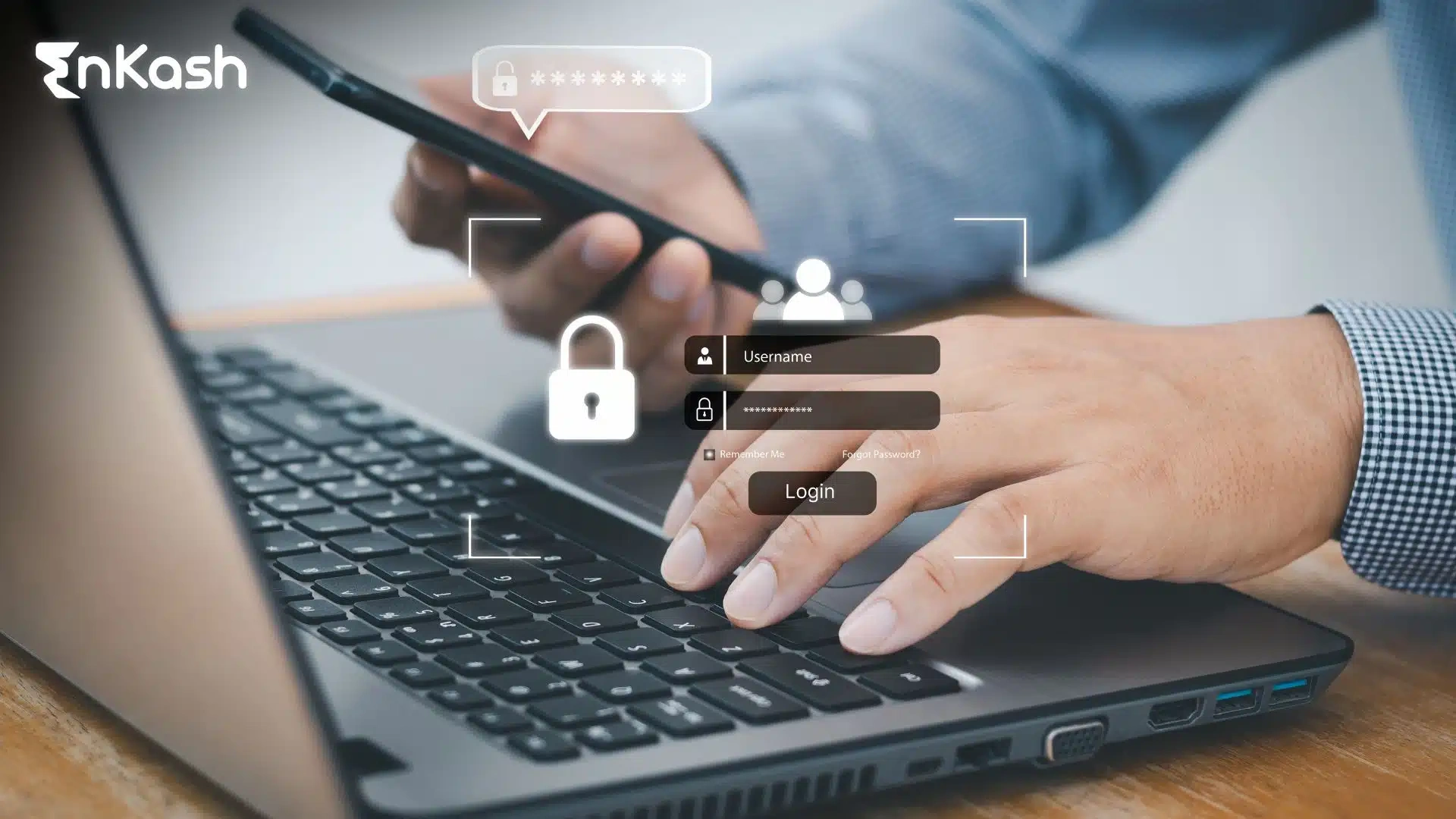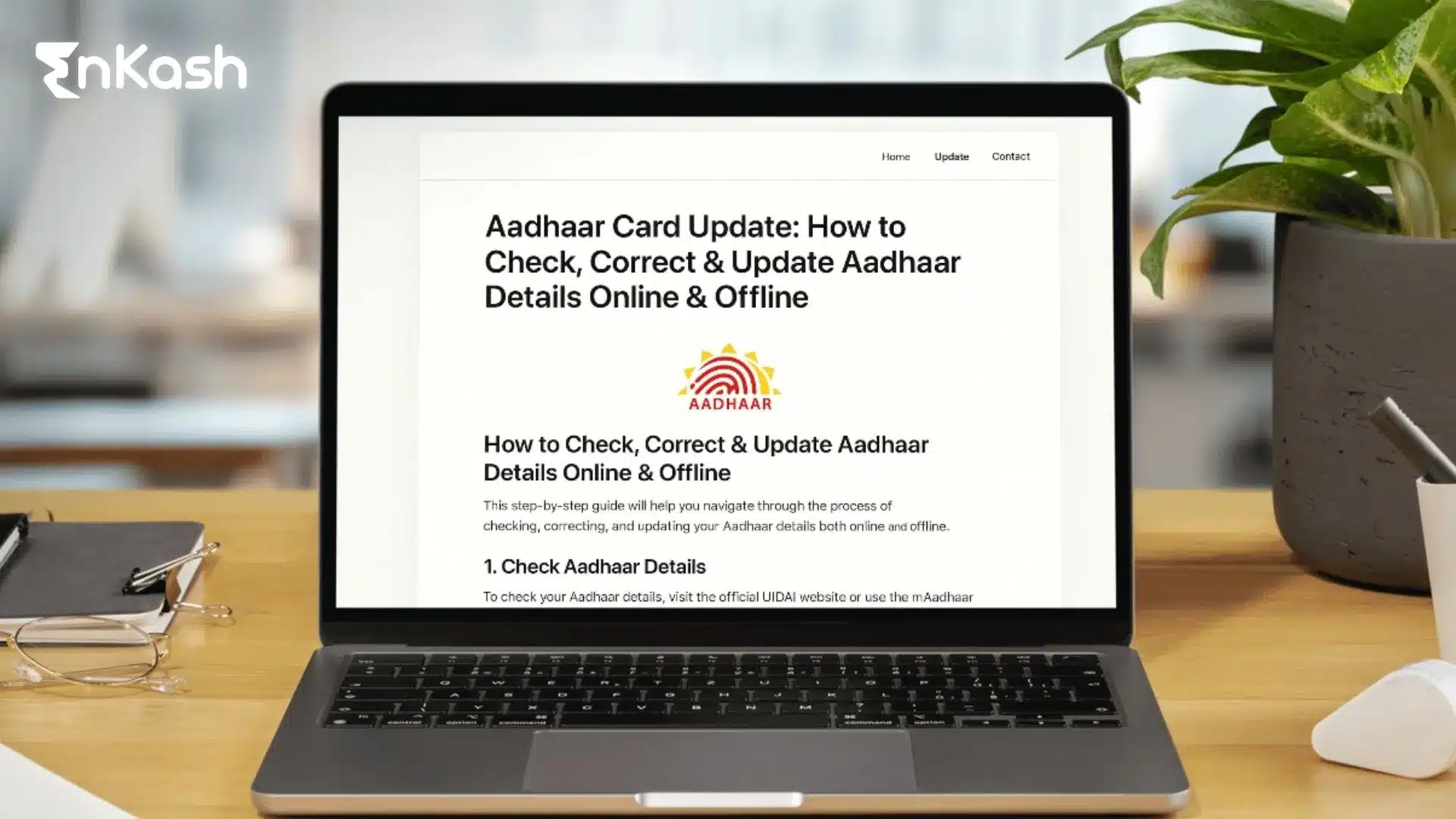Introduction
Traditional login systems are almost ineffective nowadays, if one wants to secure sensitive data in cybersecurity. As the threats changed with time, our mechanisms of protection had to shift accordingly. Risk-Based Authentication (RBA), one of such mechanisms, is a clever and adaptive way of verifying identity without compromising user experience. Hence, let’s observe how it functions, why it matters, and how it stands apart from other areas of authentication.
Understanding the Concept
Risk-Based Authentication (RBA) is an advanced method to keep security in place by looking at the context of every login attempt. With RBA, instead of just letting static credentials speak for themselves, it makes an intelligent decision based on several signals that determine if the user is to be granted access or challenged further. Think of RBA as a smart gatekeeper considering how, where, and when a user tries to log in. From the facts and details contributing to this gatekeeping, it assesses the risk profile of that attempt. If everything checks out and is rightly within the bounds of normality, the user is not asked for extra effort and goes on to the destination. But if something is out of place or seems suspicious, the system will throw up a red flag and require additional proof before anything else is entertained.
Key Features of RBA:
Real-Time Risk Assessment:
This analyzes every login attempt virtually instantly, based on a set of predefined risk parameters that determine if the action is safe or should be considered suspicious and passed off for further scrutiny.
Adaptive Authentication Levels:
The system adjusts the authentication requirements based on the assessed threat level.
Seamless User Experience:
Legitimate users benefit from a frictionless login experience. They aren’t forced to go through multiple steps unnecessarily unless there’s actual risk detected.
In essence, RBA offers the best of both worlds: stronger protection for your systems and a smoother experience for your users.
How the System Makes Decisions
Risk-based authentication systems are meant to go beyond the simple password checks and include a smart, real-time analysis of a multitude of data points. Decisions on an attempt to log in are taken based on behavior, context, and risk signals to determine whether it is trustworthy, suspicious, or dangerous. These are the main considerations an RBA system employs to allow or challenge a login attempt:
IP Address Analysis
The system closely monitors the IP from which the login request is issued. Opinions are formed on whether the IP has been used by the user in question, or if it belongs to some location that is considered to be known and safe. Sometimes, suspicious patterns are flagged, for instance, being from VPNs, proxies, or anonymizing tools. The presence of the IP address on blacklists of known threats can also push the system to classify it as a high risk.
Device Recognition
RBA systems examine the device being used to access the system. If a person regularly logs into the system with a particular smartphone or computer, then the system can recognize and remember that device. It checks familiar technical details such as browser, operating system, and even hardware signatures. New devices or those that anyone unfamiliar with can get flagged for further verification.
Login Behavior Patterns
Over time, the system learns certain usual behaviors for a user, when the logins occur, how often the access is performed, access patterns, etc. Any deviation from these particular habits can indicate fraud, thus raising the alarm. For instance, if a user usually logs in once per day in the morning, if the same user somehow attempts to access multiple times randomly anywhere from the night to late evening, this is treated as a behavioral anomaly and elevated risk.
Geolocation Tracking
Location data constitutes an essential factor in RBA analysis. It examines the location from which where login is being attempted. Regularly logging in from a certain city or country forms the baseline. Suddenly logging in from a different region or country, especially soon after a local login, can spike a red flag for suspicious activity. The system considers whether such a transition of location in such a short time could be accomplished by a person or is suspiciously fast, suggestive of credential theft.
Time of Access
Access time bears a precocious weightage on risk evaluation. The system checks if the user is logging in during regular hours or during usual access times. Odds are, weird hours will be treated as suspicious activity: 3 a.m., if the user normally logs in at 9 a.m., has fewer chances of being considered normal. Night or early morning trials tend to be put at higher risk.
Day and Date Awareness
RBA systems will also take into account the day and date of the login attempt. If, for instance, a user normally does not log in on weekends or public holidays but suddenly does so during those days, the system may increase the risk score. Logging in on long holidays or off days is a consideration for a deviation from the norm, especially when aggregated with other unusual signals such as an unfamiliar IP address or device.
Consistency of Multiple Factors
RBA evaluates the concurrence of multiple signals and does not rely on a single factor alone. For example, a login attempt from a known device at an unusual time or unusual location may still be challenged to authenticate the user. If all parameters, device, behavior, location, and time, match the known pattern, the login is treated as a known low-risk event and is allowed to proceed without friction.
Different Types of Verification Used
To authenticate is to prove that an entity is who it claims to be. Risk-Based Authentication, or RBA, consists of different types of verification from the larger arena of identity verification. These various methods enable the system to assess the validity of login attempts more accurately and customize its security response appropriately.
Let us consider the major types of authentication generally used:
Something you know
These include classic credential sets like passwords or PINs. This is the most common type, but ironically, it is also the most vulnerable because these can be stolen or guessed.
Something you have
Physical items in your possession fall in this category. This can be a mobile phone, a smart card, or a hardware token. OTPs sent to your smartphone also come under this umbrella.
Something you are
Here, biometric measurements have their role globally accepted as secure measures- fingerprints, facial recognition, iris recognition, or voice patterns. They are hard to duplicate and secure.
Somewhere you are
Protection through location-based authentication uses GPS or IP addresses to determine where the login is coming from. If the login happens from an unfamiliar country or location, it will set off further security checks.
Something you do
Behavioral biometrics consider how a user interacts with their device, e.g., how fast they type, how they move their mouse, or even how they hold their phone. These behaviors are hard to imitate by malicious parties.
Risk-based authentication systems often combine multiple forms of these verification methods to make a well-informed decision. This layered, adaptive security model significantly increases the chances of catching fraudsters while allowing legitimate users a smooth experience.
Advantages of Using This Strategy
Risk-Based Authentication, as well as Risk-Based Multi-Factor Authentication, comes with numerous benefits; these benefits are generally of the essence for organizations handling more sensitive user data, financial transaction problems, or massive user bases.
Intelligent Enhanced Security
Unlike the static security systems that are rigid and treat every login equally, with RBA, the context of every login attempt is evaluated. This feature-by-feature dynamic offers better protection by stopping the complex cyberattacks in real-time.
Less Friction for Legitimate Users
The major drawbacks of conventional MFA relate to its requiring users to do the same procedure every single time. RBA, conversely, is frictionless-from the point of view of low-risk users-who just get granted immediate access with some checks thrown in when necessary. This thus contributes considerably toward a better user experience and yet maintains the greatest level of security.
Early Detection of Suspicious Activity
RBA can spot irregularities before the full damage is done. Whether it is an attempted login from a doubtful foreign country or a mostly odd, peculiar behavior exhibited by an end-user’s PC, the system will consider the activity suspicious and immediately intervene by way of account lockout or even additional identification.
Assists in Meeting the Regulatory Requirements
Organizations need to observe regulations and data protection laws, such as those from the GDPR, HIPAA, or PCI-DSS. RBA thus helps organizations fulfill these requirements by enforcing such access controls that are strong context-aware access controls.
Customizable Security Levels
The company must be compliant with certain laws and data protection regulations, such as GDPR, HIPAA, or PCI-DSS. Therefore, RBA assists organizations in meeting these requirements by enforcing robust access control, considering the context.
Cleans Up Password Reliance
Passwords are the weakest link. Introducing additional verification factors and behavioral analytics allows RBA to reduce reliance on passwords and reinforce stronger authentication altogether.
Higher Efficiency within Operations
By lessening instances of false positives and unnecessary login blocks, RBA reduces operational costs. Fewer users will have to call up their IT department or customer service about accounts being locked or passwords forgotten.
Raises User Confidence
Users are reassured if they know that a platform is using intelligent, cutting-edge security systems to safeguard their interests without being intrusive. Such users certainly prefer to engage with services that recognize the significance of security and convenience.
Read more: How RBA protects your online transactions.
Use Cases Across Industries
Risk-Based Authentication (RBA) is not bound to a single industry. Its flexibility and intelligence let it stretch over a large spectrum of industries seeking security while enabling a smooth user experience. Let us understand how industries benefit from working with it:
Banking and Financial Services
Banks remain vulnerable to cybercriminals always trying to breach online banking systems. It may be a foreign IP or a new device used to access an account, and the RBA instantly raises a red flag.
It blocks any questionable transactions by applying additional authentication whenever suspicious activity is detected. RBA has been extensively used in mobile banking applications, online payment platforms, and digital wallets as a solution for financial loss prevention.
Healthcare Systems
Unprotected patient data is critical information. RBA confirms that only authorized doctors, staff, or patients have access to medical records or the telehealth system.
In the presence of a login attempt from an unexpected device or during odd hours, an additional verification might have to be initiated. So, this helps safeguard access to confidential health information and likewise keeps health institutions in compliance with HIPAA and other privacy laws.
E-Commerce and Retail Platforms
Online shoppers often store credit card data, shipping addresses, and purchase history. RBA assists in preventing account takeovers, which are common during big sales or seasonal shopping events.
If, for example, someone attempts to log in from a country different from that in which the user has normally shopped, the RBA might issue a multi-factor check before the user is granted access to checkout or stored payment methods.
Corporate and Enterprise Networks
Companies with remote teams or hybrid working models require monitoring of employee access. RBA adds an intelligent layer onto corporate security by evaluating login attempts against internal tools, databases, or communication systems.
If an employee were to log in from an unfamiliar location or at an unusual time, the system could either raise an alert or block access until the verification is complete.
Education and Online Learning Platforms
RBA can help universities and e-learning services make sure only enrolled students get access to exams, course materials, or discussion forums. It is very useful for safeguarding the integrity of an online assessment.
These examples suggest that the value of RBA is universal, improving security without complicating the user experience.
What Makes It Different from Other Methods?
Risk-based authentication differs from the traditional methods, which apply few security measures for limited types of transactions. While old security methods consisted of static techniques, passwords, or fixed rules for MFA, RBA adapts and evolves with every user transaction. This is where RBA stands out:
Real-Time Adaptability
Fixed rules would involve fixed checks executed during every login. However, RBA cleverly analyses each login attempt on the Fly! It uses everything: location, time, device, behavior, etc., and somehow judges how legitimate or risky the log-in is.
Personalized Security, Not One-Size-Fits-All
Traditional MFA places the same burden on every user, no matter how low the risk may be. RBA doesn’t do that- it increases or decreases the verification level depending on the risk profile of the specific situation. So a user with normal patterns will have an easier time, and suspicious activities will get a hard look.
Learning and Evolving System
RBA-y solutions use machine learning algorithms that get better as time passes. They learn patterns in user behaviors and improve anomalous detections, so the system gets more refined at distinguishing true from malicious.
They reduce false positives.
The hardest thing for any security system is hitting actual users with a block. RBA, on the other hand, tries to keep false positives to a minimum by considering behaviors deeper, thereby smoothing out the user experience.
Scales Effortlessly With Growth
As a business grows, its user base expands, and behaviors begin to vary. RBA manages this by scaling risk evaluations dynamically rather than constantly having to update security policies manually.
That way, RBA is a major player in modern cyber defense, especially now that cyberattacks are becoming more customizable and personal.
Finding the Appropriate Solution for Your Business
Choosing the best Risk-Based Authentication Solution for your business is not a matter of picking any available software. It is rather about carefully analyzing your organization’s size, industry, security needs, and user experience expectations. Some important factors to consider are:
Seamless Integration With Existing Systems
The first factor to consider is ensuring that your RBA solution fits well into your existing identity and access management (IAM) solution, cloud services, and internal tools. In other words, a good solution plugs right into your existing environment without any disruptions.
Flexibility around Risk Scoring and Policy Customization
Different businesses will have varying levels of risk tolerance. As such, your RBA solution should let you put scrutiny before leniency in your security rules based on user roles, data sensitivity, and compliance requirements.
Ability To Grow or Scale
Be it hundred or millions of users, the solution must be able to handle increasing traffic, new departments, and changing workflows. Look for systems that scale automatically without any degradation in performance.
AI and Machine Learning Capability Support
Systems based on AI analyze behavior patterns more adeptly and spot threats before they mature. Seek platforms that can provide AI/ML capabilities of behavioral analytics, anomaly detection, and user scoring.
Transparent to Users with Low Friction
Security should not be anything the user feels inconveniences. A good RBA solution keeps its processes completely invisible to low-risk users and provides a nearly flawless and speedy login experience. One should only bother if it is required, and then the prompts should be very easy to interact with, using, say, biometrics or OTPs.
Reporting and Monitoring Tools
The team should get dashboards with logs to see login attempts, blocked access, and flagged risks. This helps in auditing and refining the security policy.
The Reputation of Vendor and Support
Choose a vendor known for cybersecurity, with clear documentation and good support. Look for trial periods, customer reviews, certifications, or regulatory compliance.
Conclusion
As cyber threats become increasingly sophisticated, these methods of user verification begin to fail. Risk-Based Authentication takes a more intelligent and dynamic approach to the problem by understanding the context around both sides of a login attempt in real time. It adjusts security measures customarily, depending on the actual risk, so as not to hamper the user experience. Organizations implementing risk-based multi-factor authentication and similar adaptive measures can best overcome present-day threats while offering fluid digital experiences.








